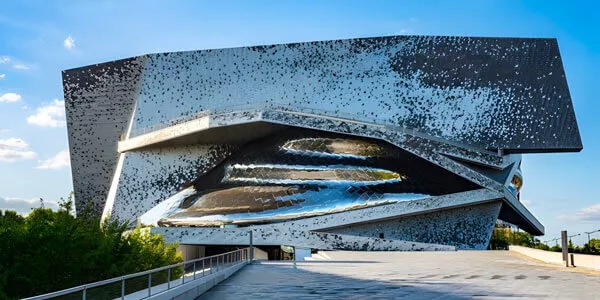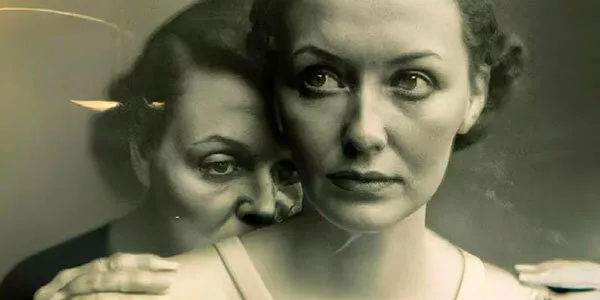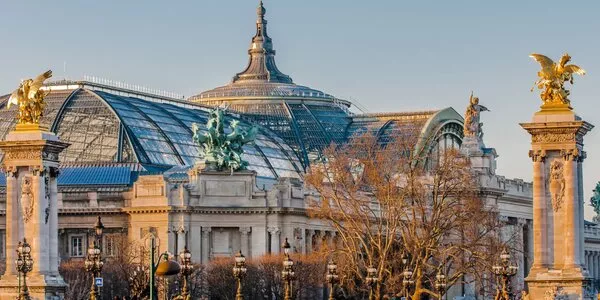
Idem: The art of difference
A link between tradition and modernity
In a small street, tucked away in the neighbourhood of Montparnasse, and a stone’s throw from the “Dôme” and “La Coupole” brasseries which once welcomed the bohemian artistic youth of the world with open arms during the Roaring Twenties, can be found Idem Paris (the acronym for “Imprimerie de Montparnasse”, created in 1997). There is no sign except a black marble slab above a passage where we can read in golden letters “E. Dufrenoy, Imprimeur-Lithographe”. At the end of this passage, in the shadows, a sign “Idem Paris” is mounted above an iron gate. In crossing over the threshold, the visitor enters a parallel world, suspended in time, steeped in history and promise, where artists have conversed through the ages and where the stones themselves hold many a memory.
A truly mythical location
Why so much discretion? First of all because Idem Paris is a creative space that takes special care of the artists that come from all over the world to work there. And also because its reputation for excellence, built through over a century of work, is such that it needs no advertising other than word of mouth. David Lynch (1) is a regular, noting that “the Idem workshop has a very special, unique atmosphere, that really encourages creation. The ideas come from the combination of the stone, the place, the people and this unique atmosphere.”
This very special atmosphere has its origins in the history of a space which is celebrating its 140th anniversary this year. The original press was created in 1881 by Émile Dufrenoy, whose descendants still live in the building. It was founded under the symbolic patronage of Pablo Picasso who was born the same year.
In the 1930s, the premises were occupied by the Michard printing works, specializing in the publishing of geographical maps. Later they housed the machines of the famous Mourlot printing house, craftsman of the revival of artistic lithography in Paris during the inter-war period. Fernand Mourlot started printing there in 1976, and famously collaborated during his career with Henri Matisse, Picasso, Miro, Jean Dubuffet, Georges Braque, Marc Chagall, Alberto Giacometti, Fernand Léger and Jean Cocteau. For Chihiro Minato (2), Idem is a place where “the voices (of Matisse and Picasso) seem not to have been entirely silenced and are still there, merging somehow with the clatter of the machines”.


The water allows the ink to stick only to the wax drawn elements.
Lithography is a flat printing technique of a design made on limestone.
It is based on the principle of the mutual repulsion between fat and water and the affinity of fatty substances between them. A drawing is executed with grease-laden ink on the surface of a previously sanded stone surface. The stone is then wetted: the drawn elements, which are greasy, will repel the water but retain the ink, also greasy, from the inking rollers.
An experimental place
After entering a patio filled with geraniums and lithographic stones of all sizes, visitors are greeted by a large glass roof. A double row of Voirin and Marinoni presses occupy the immense space. Designed in the 19th century, these heavy, cast-iron machines were once operated by a system of pulleys and leather belts driven by a transmission shaft. This was fed by a steam boiler still visible today. Around the presses, a swarm of young people are busy. Behind one of them, a chromist coats the rollers with pink while two colleagues, perched on the sides, pass large sheets of paper—made especially in Japan for Idem—between the rollers. The contrast between the impressive size of the machines and the delicacy of the gestures, executed with precision and speed, gives the printing process an almost magical aura.
Idem’s master printers pass on this precious know-how and introduce both French and international artists to working with paper, guiding them across unusual artistic territories in the development of their images. Should the design be executed directly onto the printing stone or transferred from a digital file? How can the colours be made transparent? In some cases, it may take several months of R&D to find the right technique for a project.
Whilst they all possess specific, unique characteristics, the creations have one thing in common: a certain authenticity which results from the physical contact between the paper and the specific texture of the lithographic stone chosen. One only needs to look at the lithographs by Vhils (3), Obey (4), Escif (5) or Ruptur (6) hung on the walls of the atelier to be convinced.



Erwann, artisan printer and atelier manager, takes out a lithograph by artist JR.
In the glass roof, the cables that supplied the machines in the XIX e century are still visible.
Various tests are carried out until the perfect print is made.
An inspiring place
The calm of the 1st floor, dedicated to design, contrasts with the industrious buzz of the ground floor. It is accessed by a staircase with yellowing walls, lined with posters of exhibitions of the great masters of painting, most of whom came to visit the printing press at some point during their lifetime. Using the same lithographic stones as their illustrious predecessors, young designers from all over the world can study and work in the well laid out drawing rooms for a few weeks at a time, ensuring a fruitful artistic continuity from one generation to the next.
Hand presses installed nearby are used to carry out the preparatory tests for the prints. At the end of the room, there is a dark room where Henri Cartier-Bresson’s assistant (7) originally decided to set up his laboratory to train a new generation of photographers.
The press of the famous engraver Piero Crommelynck, who most notably accompanied Picasso from 1963 to 1973, was restored to use following a donation to Idem by the Crommelynck family. Another donation from one generation to the next is the darkroom and photo studio of Voya Mitrovic, the photographer of Henri Cartier-Bresson and Josef Koudelka.
This virtuous circle of the transmission of skills and resources, experimentation, and artistic nurturing between the generations is central to the values that make Idem unique. The patrons association of Idem Paris was created in 2010 to ensure the continuance of this unique locale as a non-profit association. The association works to perpetuate the memories of those who passed through its doors, and to continue to recount the extraordinary narrative adventure of the artistic work-on-paper that is the history of Idem, supporting the activity and development of the press. With their continued efforts, the history of this very specific art will continue to be written within its walls for a long time to come.
1 American filmmaker, screenwriter, photographer, musician and painter born in 1946.
2 Japanese photographer born in 1960.
3 Portuguese street-artist born in 1987.
4 American street-artist, screen designer, muralist and illustrator born in 1970.
5 Spanish street-artist.
6 French street-artist.
7 French photographer, photojournalist and designer (1908-2004).




